#images of planets
Text
6 Tips for Successfully Working From Home When You’re in the Roman Gods and Their Planets Industry
As remote work becomes increasingly common, professionals in niche fields like the Roman Gods and Their Planets industry face unique challenges when adapting to a virtual work environment. Here are six essential tips to ensure your success while working from home in this specialized sector:
Designate a Sacred Workspace: Create a dedicated workspace that reflects the essence of the Roman Gods and Their Planets industry. Surround yourself with inspiring artifacts, images, or symbols related to your work. This space will help you immerse yourself in your tasks and maintain a strong connection to your field.

Celestial Time Management: Embrace a structured schedule that aligns with the cosmic rhythm of your industry. Plan your day around significant planetary events or mythological timings that resonate with your work. This will not only boost your productivity but also infuse your tasks with a sense of purpose.
Virtual Colosseum Collaboration: Foster collaboration with your colleagues through virtual platforms that mirror the grandeur of the Roman Colosseum. Leverage video conferencing tools to host interactive meetings, workshops, or even role-playing sessions, allowing you to collectively explore new ideas and strategies.
Mythical Self-Care Rituals: Prioritize self-care routines inspired by the Roman Gods and their planetary influences. Incorporate meditation, relaxation techniques, or rejuvenating activities associated with specific deities or celestial bodies. This holistic approach will enhance your overall well-being and maintain a strong mind-body connection.
Omnipotent Technology Mastery: Become a tech-savvy deity of the digital realm. Master communication and project management tools that facilitate seamless remote collaboration. Stay updated on innovative software solutions that can optimize your workflow and enable efficient information sharing.
Oracular Adaptability: Embrace the fluidity of the cosmos by cultivating adaptability. Just as the Roman Gods adapted to various circumstances, be open to adjusting your strategies and goals. Remain attuned to industry trends and be ready to pivot your focus when celestial alignments indicate new opportunities.

In the Roman Gods and Their Planets industry, working from home offers a chance to blend modernity with ancient wisdom. By incorporating these six tips into your remote work routine, you can harness the power of the cosmos to drive productivity, innovation, and success in your specialized field.
#names of roman god and planets#roman gods#roman empire#planets#roman gods and goddesses#part 1#planet#roman#who were the roman gods#roman pantheon#images of planets#roman culture#facts about roman gods for kids#roman mythology#roman gods ks2#roman pantheon vs greek pantheon#uranus planet#top 10 roman gods#roman gods for kids#meaning of names of solar system planets#dream gods and goddesses#god roman#roman facts for kids#roman god
2 notes
·
View notes
Text



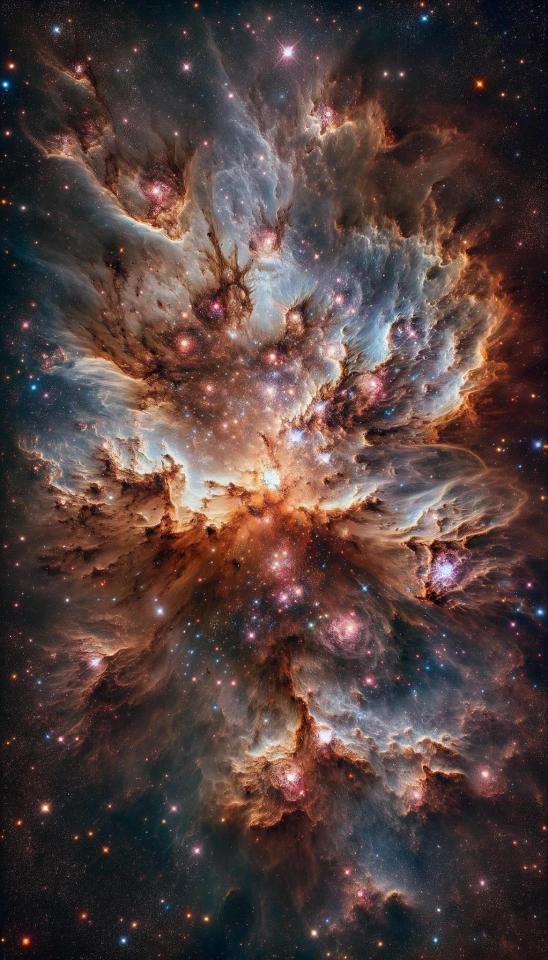
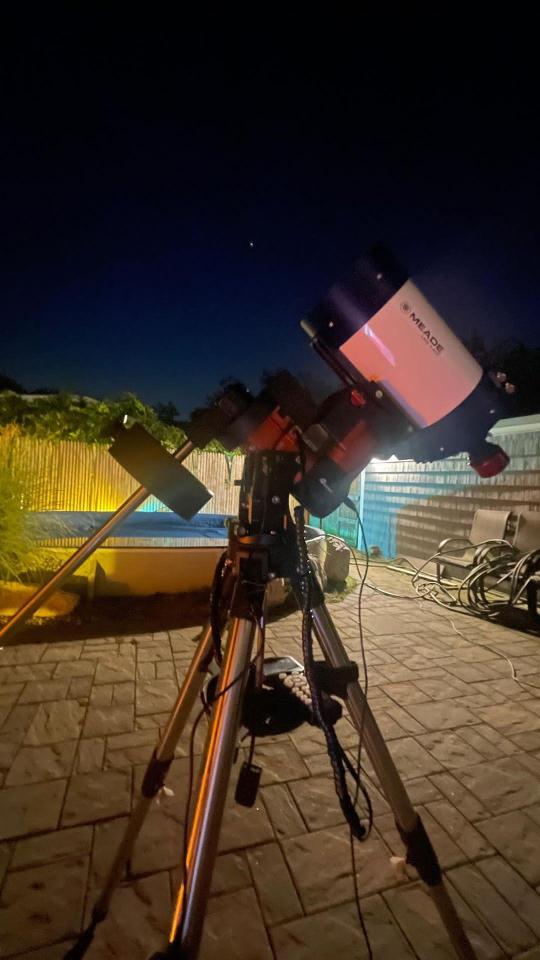
Think we're the only planet with life? 350mp quality. Remember to download to your phone and zoom in. Gets even more beautiful. Yes this is a nebula, yes I know there’s no life in a nebula. Of course these are not real photos. Duh!
#astronomers#astrophysics#astrophotography#astronomy#space station#hubble space telescope#james webb images#james webb#nasawebb#nasa#space photography#universe#astrology#astro observations#astro notes#asterion#telescope#james webb space telescope#mars planet#jupiter planet#saturn planet#planet#planets#space science#space#outer space#james webb space technology#space exploration#jet propulsion#i love astronomy
11K notes
·
View notes
Text
HMMMMM bakugou being just. the absolute picture of sin.
he works overnight and comes home early in the morning, around 3 or 4 am or so, and you greet him and give him a kissy and ask how it all went. and even though it's still dark outside and he's been working for twelve hours—he's still coming off patrol, right ? so he's still got some energy left, and he eats something and takes a shower and winds down as you fall back to sleep.
and it's not until much later in the day that he wakes up, early afternoon, and you're kind of tiptoeing around so that he can get his much-needed rest. you slip into the closet of your bedroom for something and you think you're gonna get in and out without a sound, but his hearing is so attuned to just about anything and everything at this point.
so rough and raspy, he grunts out, "what're y'lookin' for?" and you whip around real fast and he's just—
half sitting up in bed, bare back leaning against the headboard. an arm behind his head, so that his bicep is tense and round and stone-solid. stretched like that, his obliques are more prominent, taut and rippling up the side of his ribcage. he must have gotten hot while passed out, as he usually does, because the comforter is all askew; one of his legs is bent, the fine hair a dark gold in the waning day; the other is hanging off the bed, lightly swinging as he watches you, and the blanket has come down enough that you can see the bulge of his thigh muscles beneath his stupid tiny black boxer briefs.
and he's just so. man. in every single way.
(his hair is flat on one side, too, and his eyes are still a little puffy from sleep—but you think that adds to it, all in all)
#i have to get this image out of my head you don't understand#please take this from me i'm PLAUGED by him#he's so WAAAAHHH#like. he's always handsome. always. at all times.#but sometimes he opens his big fat mouth enough that you forget just HOW handsome#and then suddenly he's sitting there looking so cozy in your bed and softly blinking at you while looking like THE MOST ENTICING GUY#ON THE PLANET#and you're like............................oh my god.............#please take this image from meeeeeee GET IT OUT I'M SICK#✿ theme: domestic bakugou#✿ thoughts: bakugou#i've been back less than twenty-four hours and already i've had so much to say LMAOO
2K notes
·
View notes
Text
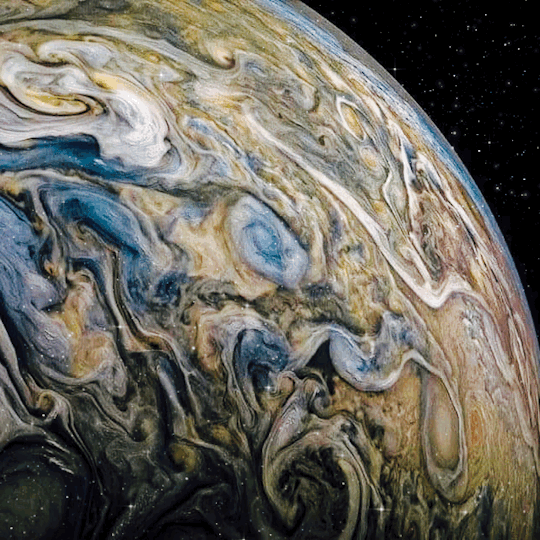

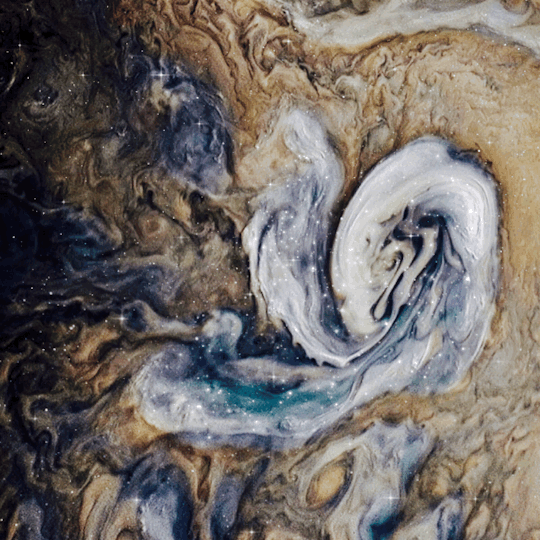
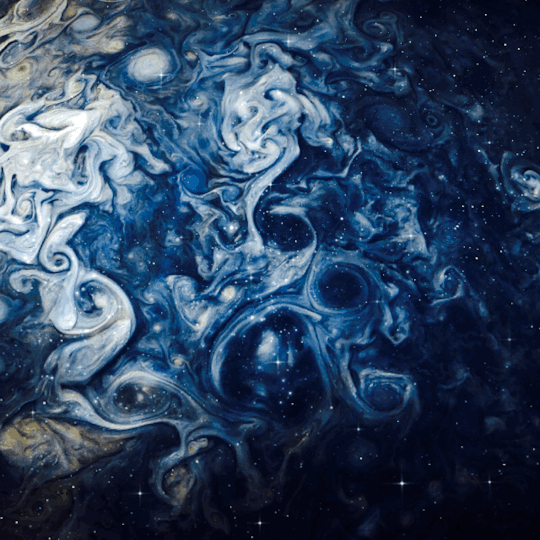
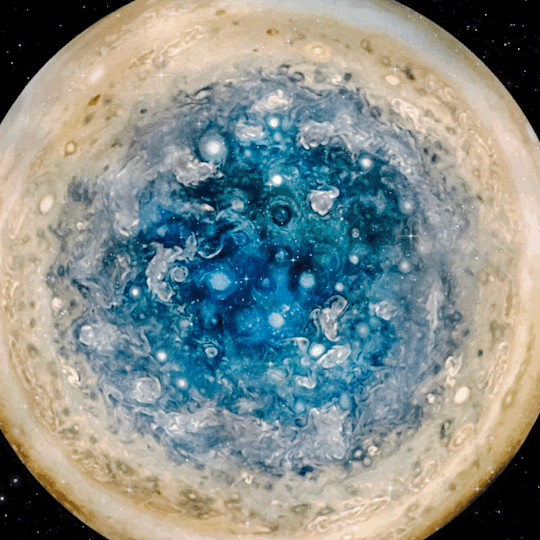

✨The Beauty of Jupiter ✨
#gifs (edits) made by me :)#assassin1513#space#space vibes#space aesthetic#jupiter#planet#planets#james webb#james webb first full colour image#james webb space telescope#james webb update#james webb deepest sharpest view of universe#webb#james webb telescope#james webb images#solar system#astrology#astronomy#nasa#beyond the stars#stars#infinity#jupiter planet#glitter#outer space#void#space art#magic#vincent van gogh
52K notes
·
View notes
Text
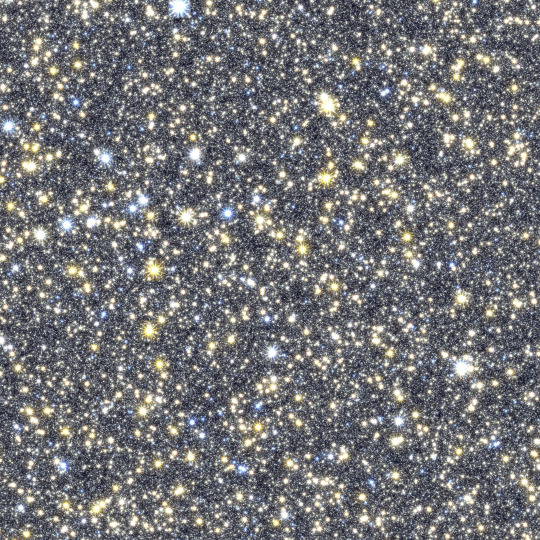
A simulated image of NASA’s Nancy Grace Roman Space Telescope’s future observations toward the center of our galaxy, spanning less than 1 percent of the total area of Roman’s Galactic Bulge Time-Domain Survey. The simulated stars were drawn from the Besançon Galactic Model.
Exploring the Changing Universe with the Roman Space Telescope
The view from your backyard might paint the universe as an unchanging realm, where only twinkling stars and nearby objects, like satellites and meteors, stray from the apparent constancy. But stargazing through NASA’s upcoming Nancy Grace Roman Space Telescope will offer a front row seat to a dazzling display of cosmic fireworks sparkling across the sky.
Roman will view extremely faint infrared light, which has longer wavelengths than our eyes can see. Two of the mission’s core observing programs will monitor specific patches of the sky. Stitching the results together like stop-motion animation will create movies that reveal changing objects and fleeting events that would otherwise be hidden from our view.
youtube
Watch this video to learn about time-domain astronomy and how time will be a key element in NASA’s Nancy Grace Roman Space Telescope’s galactic bulge survey. Credit: NASA’s Goddard Space Flight Center
This type of science, called time-domain astronomy, is difficult for telescopes that have smaller views of space. Roman’s large field of view will help us see huge swaths of the universe. Instead of always looking at specific things and events astronomers have already identified, Roman will be able to repeatedly observe large areas of the sky to catch phenomena scientists can't predict. Then astronomers can find things no one knew were there!
One of Roman’s main surveys, the Galactic Bulge Time-Domain Survey, will monitor hundreds of millions of stars toward the center of our Milky Way galaxy. Astronomers will see many of the stars appear to flash or flicker over time.
youtube
This animation illustrates the concept of gravitational microlensing. When one star in the sky appears to pass nearly in front of another, the light rays of the background source star are bent due to the warped space-time around the foreground star. The closer star is then a virtual magnifying glass, amplifying the brightness of the background source star, so we refer to the foreground star as the lens star. If the lens star harbors a planetary system, then those planets can also act as lenses, each one producing a short change in the brightness of the source. Thus, we discover the presence of each exoplanet, and measure its mass and how far it is from its star. Credit: NASA's Goddard Space Flight Center Conceptual Image Lab
That can happen when something like a star or planet moves in front of a background star from our point of view. Because anything with mass warps the fabric of space-time, light from the distant star bends around the nearer object as it passes by. That makes the nearer object act as a natural magnifying glass, creating a temporary spike in the brightness of the background star’s light. That signal lets astronomers know there’s an intervening object, even if they can’t see it directly.
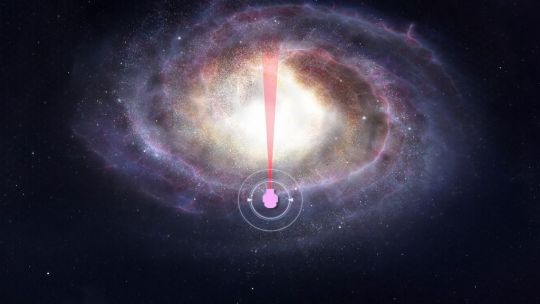
This artist’s concept shows the region of the Milky Way NASA’s Nancy Grace Roman Space Telescope’s Galactic Bulge Time-Domain Survey will cover – relatively uncharted territory when it comes to planet-finding. That’s important because the way planets form and evolve may be different depending on where in the galaxy they’re located. Our solar system is situated near the outskirts of the Milky Way, about halfway out on one of the galaxy’s spiral arms. A recent Kepler Space Telescope study showed that stars on the fringes of the Milky Way possess fewer of the most common planet types that have been detected so far. Roman will search in the opposite direction, toward the center of the galaxy, and could find differences in that galactic neighborhood, too.
Using this method, called microlensing, Roman will likely set a new record for the farthest-known exoplanet. That would offer a glimpse of a different galactic neighborhood that could be home to worlds quite unlike the more than 5,500 that are currently known. Roman’s microlensing observations will also find starless planets, black holes, neutron stars, and more!
youtube
This animation shows a planet crossing in front of, or transiting, its host star and the corresponding light curve astronomers would see. Using this technique, scientists anticipate NASA’s Nancy Grace Roman Space Telescope could find 100,000 new worlds. Credit: NASA’s Goddard Space Flight Center/Chris Smith (USRA/GESTAR)
Stars Roman sees may also appear to flicker when a planet crosses in front of, or transits, its host star as it orbits. Roman could find 100,000 planets this way! Small icy objects that haunt the outskirts of our own solar system, known as Kuiper belt objects, may occasionally pass in front of faraway stars Roman sees, too. Astronomers will be able to see how much water the Kuiper belt objects have because the ice absorbs specific wavelengths of infrared light, providing a “fingerprint” of its presence. This will give us a window into our solar system’s early days.
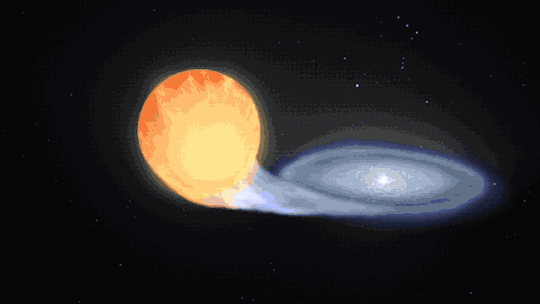
This animation visualizes a type Ia supernova.
Roman’s High Latitude Time-Domain Survey will look beyond our galaxy to hunt for type Ia supernovas. These exploding stars originate from some binary star systems that contain at least one white dwarf – the small, hot core remnant of a Sun-like star. In some cases, the dwarf may siphon material from its companion. This triggers a runaway reaction that ultimately detonates the thief once it reaches a specific point where it has gained so much mass that it becomes unstable.
youtube
NASA’s upcoming Nancy Grace Roman Space Telescope will see thousands of exploding stars called supernovae across vast stretches of time and space. Using these observations, astronomers aim to shine a light on several cosmic mysteries, providing a window onto the universe’s distant past. Credit: NASA’s Goddard Space Flight Center
Since these rare explosions each peak at a similar, known intrinsic brightness, astronomers can use them to determine how far away they are by simply measuring how bright they appear. Astronomers will use Roman to study the light of these supernovas to find out how quickly they appear to be moving away from us.
By comparing how fast they’re receding at different distances, scientists can trace cosmic expansion over time. This will help us understand whether and how dark energy – the unexplained pressure thought to speed up the universe’s expansion – has changed throughout the history of the universe.
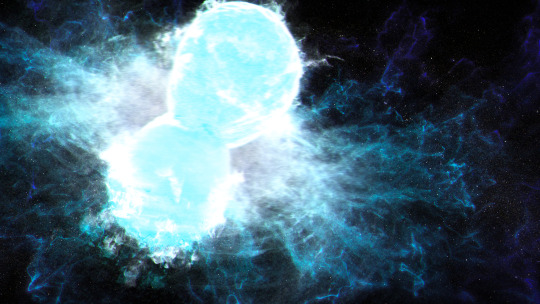
NASA’s Nancy Grace Roman Space Telescope will survey the same areas of the sky every few days. Researchers will mine this data to identify kilonovas – explosions that happen when two neutron stars or a neutron star and a black hole collide and merge. When these collisions happen, a fraction of the resulting debris is ejected as jets, which move near the speed of light. The remaining debris produces hot, glowing, neutron-rich clouds that forge heavy elements, like gold and platinum. Roman’s extensive data will help astronomers better identify how often these events occur, how much energy they give off, and how near or far they are.
And since this survey will repeatedly observe the same large vista of space, scientists will also see sporadic events like neutron stars colliding and stars being swept into black holes. Roman could even find new types of objects and events that astronomers have never seen before!
Learn more about the exciting science Roman will investigate on X and Facebook.
Make sure to follow us on Tumblr for your regular dose of space!
#NASA#astronomy#telescope#Roman Space Telescope#dark energy#galaxies#cosmology#astrophysics#stars#galaxy#space images#time#supernova#Nancy Grace Roman#black holes#neutron stars#kilonova#rogue planets#exoplanets#space#science#tech#technology#Youtube
2K notes
·
View notes
Text
The James Webb Space Telescope has released new images of Jupiter.

#jupiter#space#astronomy#astrophotography#universe#galaxy#astronout#galaxies#nasa#astro#jupeter#astrology#telescope#james webb space telescope#james webb telescope#james webb images#james webb space technology#james webb photos#planet#planets#solar system#astrologer#astroloji#nasa breaking news#nasa picture of the day#astrophysics
3K notes
·
View notes
Text
ATTENTION! ATTENTION! ATTENTION!
URGENT ANNOUNCEMENT!
THE JWST HAS TAKEN TEST IMAGES THAT WERE JUST RELEASED

LOOK AT THIS PICTURE DUDE!!! IT’S SPACE BUT LIKE INSANELY FAR AWAY!!!
JWST EVEN TOOK A SELFIE!!! (you gotta appreciate that near not blurry photo… it is hurtling through space at 720 MPH)
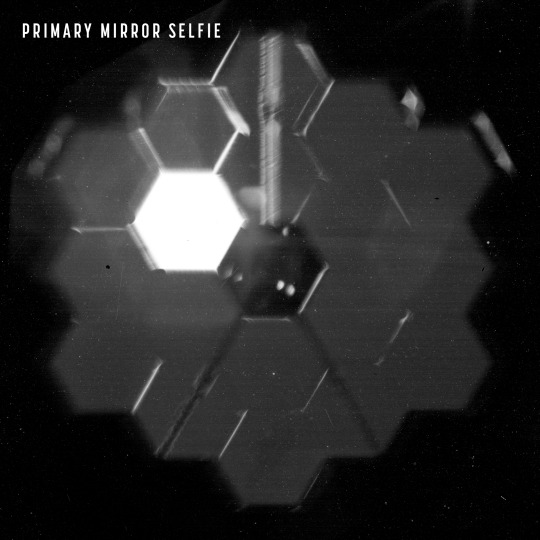
HERE’S A FEW MORE PHOTOS!!!
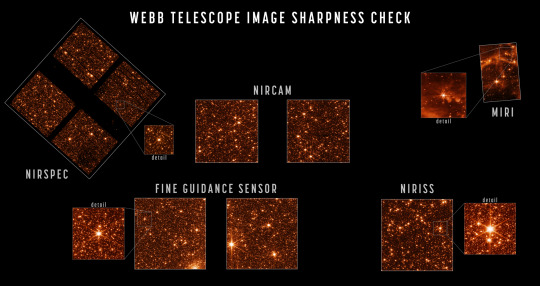

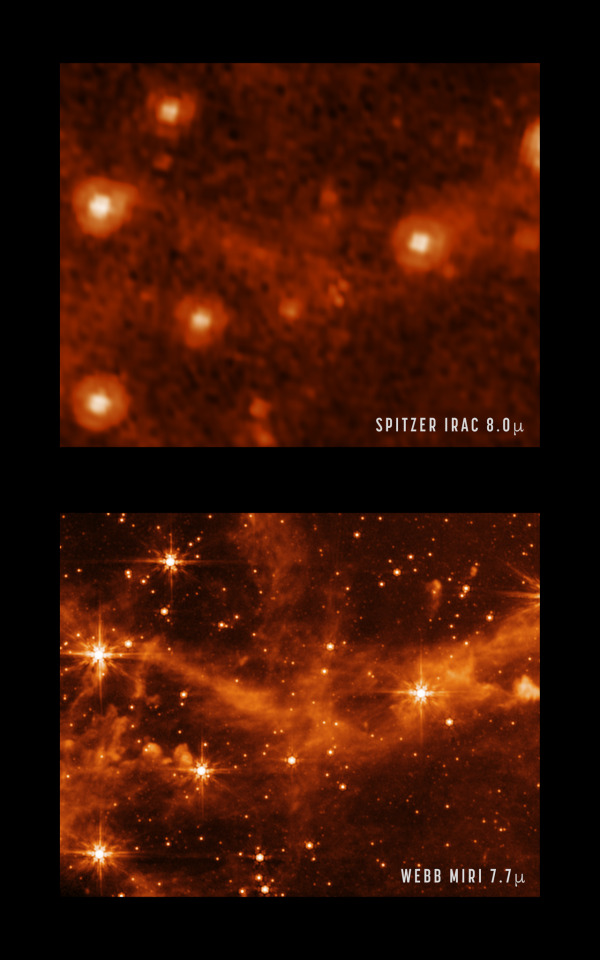
THERE IS A LOT MORE AVAILABLE AT NASA’S JAMES WEBB TELESCOPE FLICKR PAGE. THERE ARE EVEN GRAPHS!!!
#NASA#space#JWST#deep space#infrared imaging#galaxies#credits to NASA#astronomy#stars#idk man#BREAKING NEWS#planets#lightyears#test images#universe#the universe#cosmic horror#but also SO COOL#aesthetic#ish#cosmos#science
30K notes
·
View notes
Text
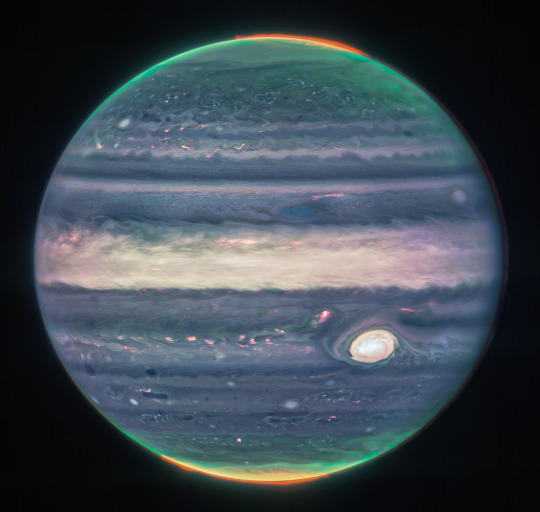
0 notes
Text
Rich nations must pay for historic environmental damage, says Brazil's Lula

Brazilian President Luiz Inacio Lula da Silva on Thursday said richer nations with their "historic debt" to the planet should foot the bill for environmental damage that is being hoisted on poorer countries.
"Who polluted the planet in these last 200 years were those who made the industrial revolution," Lula said in a speech to a large crowd in front of the Eiffel Tower in Paris, France, at the "Power Our Planet" event.
"And for this, they have to pay the historic debt they have with planet Earth," he added, arguing that developed countries should take responsibility for financing the preservation of forests in low-income countries.
Continue reading.
#brazil#politics#brazilian politics#environmentalism#environmental justice#luiz inacio lula da silva#mod nise da silveira#image description in alt#power our planet
3K notes
·
View notes
Text

three of them
@anon-lemon
#its like the two of them image but three of thwm#my art#aftg#all for the game#allison reynolds#dan wilds#renee walker#sorry this took so long …. first time i drew them it looked weird and i gave up for the day lmfao#renee having those long pieces may be weird but that doesnt matter#there is a reason. hard to explain though so i wont#peace and love on planet earth#anon-lemon
1K notes
·
View notes
Text

#found on pinterest#not mine#sharks#outer space#shark#space#funny#shitpost#shark meme#planets#stars#stupid post#image post#meme
2K notes
·
View notes
Text
had a photo of a planet in my downloads folder i didn't recognize
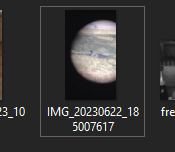
until i opened it, and it was DUCKS

DUCK PLANET, BABEY !!!
#birds#ducks#liz blogs#planet of the ducks....#i was so fooled. i was so befuddled. utterly confounded#perplexed if you will#what use would i ever have for this image of a celestial body#ducks. it was the neighborhood ducks the whole time
1K notes
·
View notes
Text

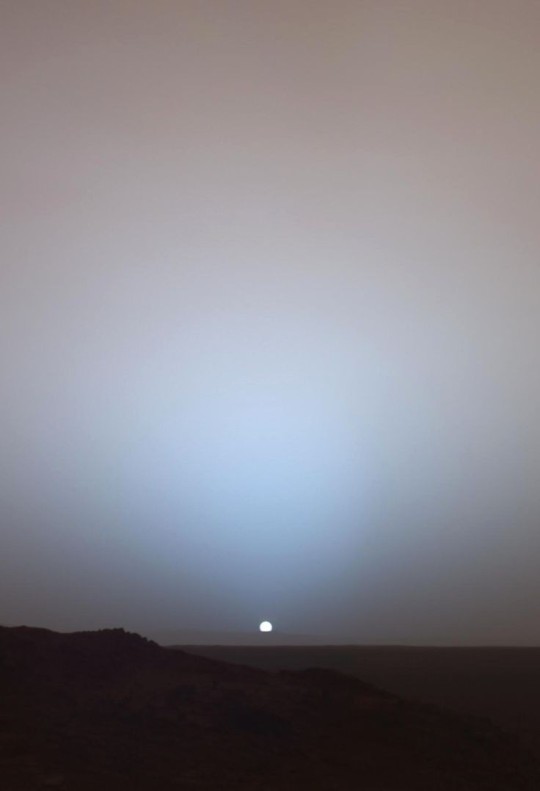
Moonset & Sunset over Mars! These photos never get old. From another world!
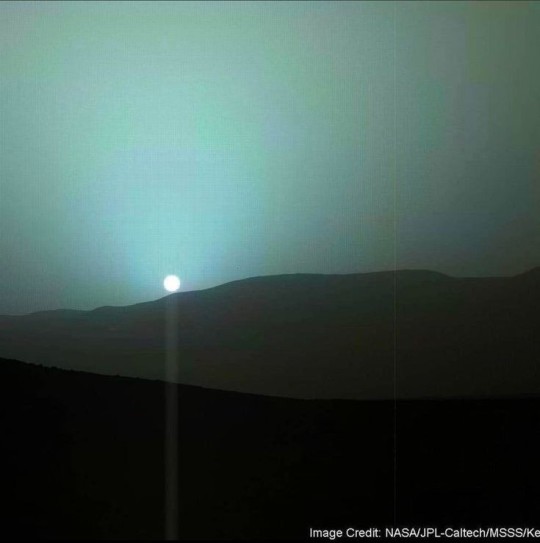

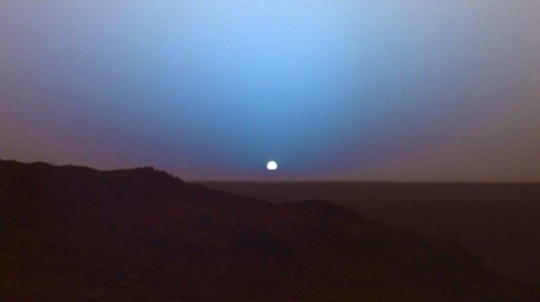

#mars planet#mars#planets#planet#nasa picture of the day#nasa photos#nasa#nasawebb#our universe#universe#space science#outer space#space exploration#space#hubble space telescope#hubble#james webb photos#james webb images#james webb#astronomers#astrophysics#astrophotography#astrology#astronomy#astro observations#astro community#astro notes
1K notes
·
View notes
Text
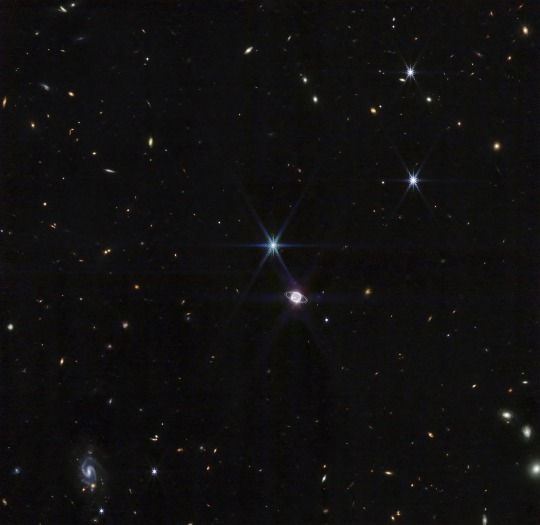
neptune
#neptune#astronomy#space#planets#solar system#galaxycore#galaxy#james webb images#james webb space telescope#james webb telescope#james webb space technology#james webb photos#space photos#space photography#stars#spacecore
1K notes
·
View notes
Text
The clearest image ever taken of Mercury's surface.

JWST • Hubble • NASA Missions & Astronomical Discoveries
#space#space photography#space images#outer space#Mercury#planet mercury#surface of mercury planet#JWST • Hubble • NASA Missions & Astronomical Discoveries (Facebook)#feel free to share/reblog
525 notes
·
View notes
Text
truly if we’re mutuals i hope u know i cherish u with my entire being even if we’ve never/barely spoken and became mutuals like a day ago or we talk all the time and have been mutuals for years. i love u
#i would love to talk to more of yall but i am so so anxious JSJJSJSKS#i also appreciate yall for sticking around when i start doing weird shit (reblogging so many images of band guys)#i literally will never unfollow a mutual unless they do/say smthn abhorrent#i just blacklist if its smthn idc abt and move on my mutuals are treasured#since following more band blogs i see things and its like. okay my mutuals are allowed JDNJSJSJSHS#as soon as i become mutuals w someone they can do no wrong in my eyes unless its smthn like. awful u kno#anyway mwah love u all peace and love on planet earth#r.txt
1K notes
·
View notes